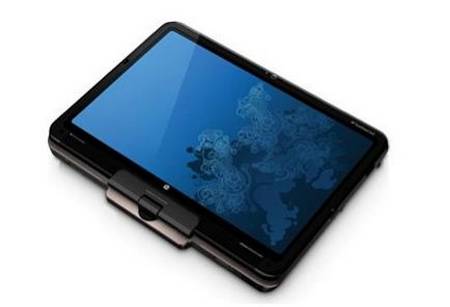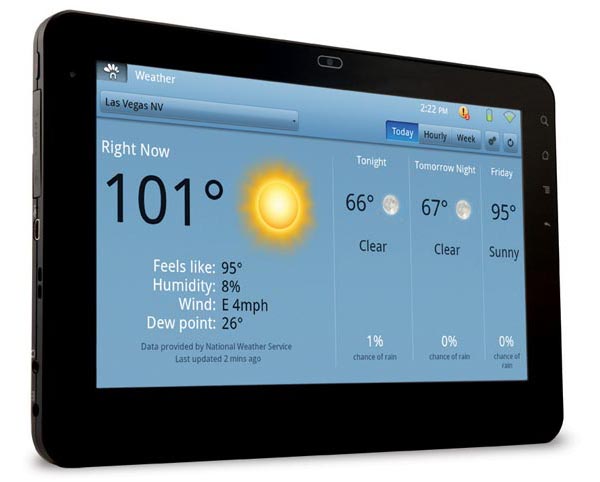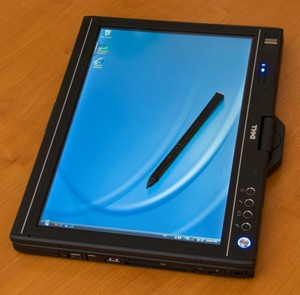Tablet For Pc
In the 1970s Hewlett Packard introduced fully BASIC programmable computers that fit entirely on top of a desk, including a keyboard, a small one-line display and printer. The Xerox Alto, developed in 1973 at Xerox's Palo Alto Research Center (PARC), had a graphical user interface (GUI) that later served as inspiration for Apple Computer's Macintosh, and Microsoft's Windows operating system. The Wang 2200 of 1973 had a full-size cathode ray tube (CRT) and cassette tape storage. The IBM 5100 in 1975 had a small CRT display and could be programmed in BASIC and APL. These were generally expensive specialized computers sold for business or scientific uses. The introduction of the microprocessor, a single chip with all the circuitry that formerly occupied large cabinets, led to the proliferation of personal computers after 1975.Early personal computers — generally called microcomputers — were sold often in kit form and in limited volumes, and were of interest mostly to hobbyists and technicians. Minimal programming was done with toggle switches to enter instructions, and output was provided by front panel lamps. Practical use required adding peripherals such as keyboards, computer displays, disk drives, and printers. Micral N was the earliest commercial.
















Nice post! Can’t wait for the next one. Keep stuff like this coming.
ReplyDeleteGammaTech - Durabook 13.3" Ruggedized Laptop - 2GB Memory - 500GB Hard Drive - Silver/Black